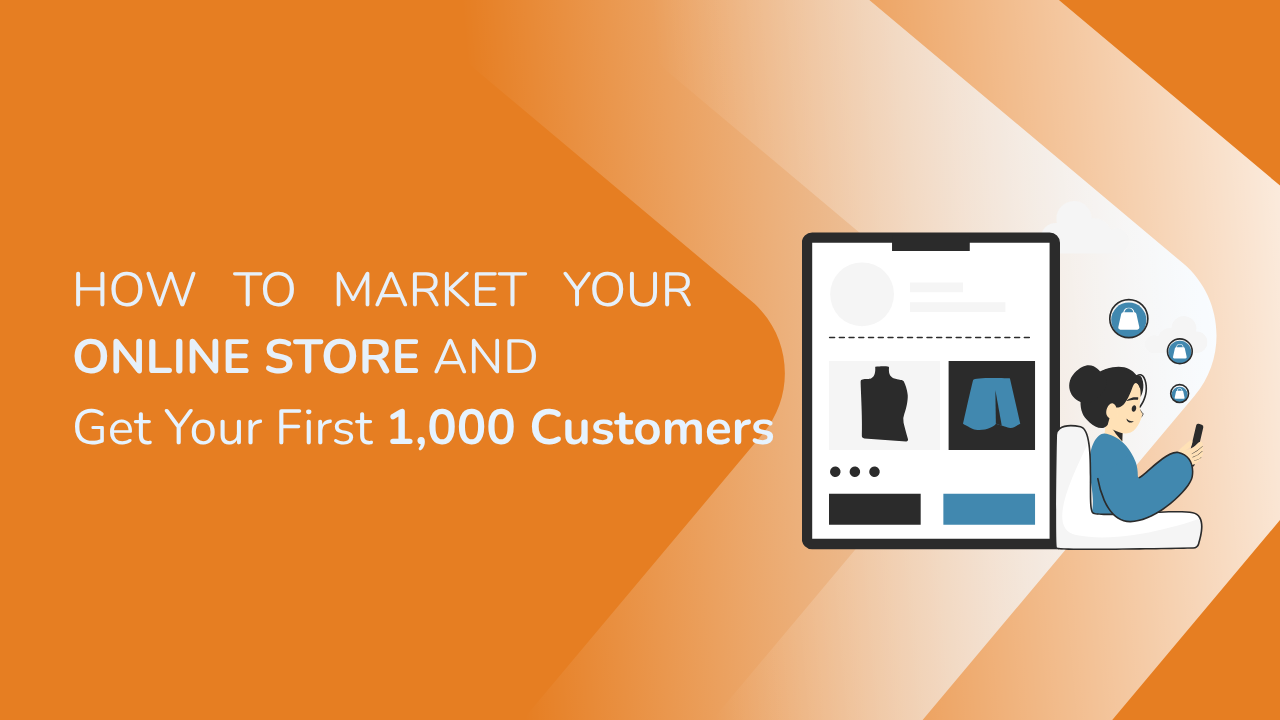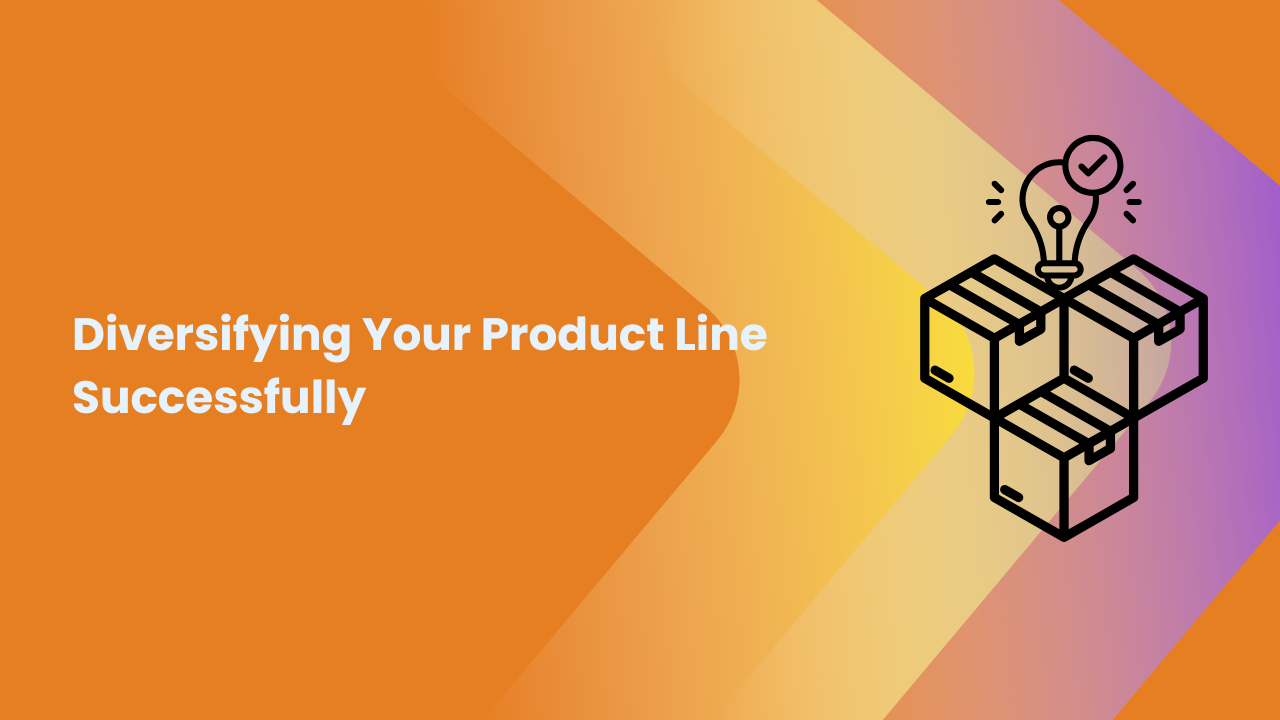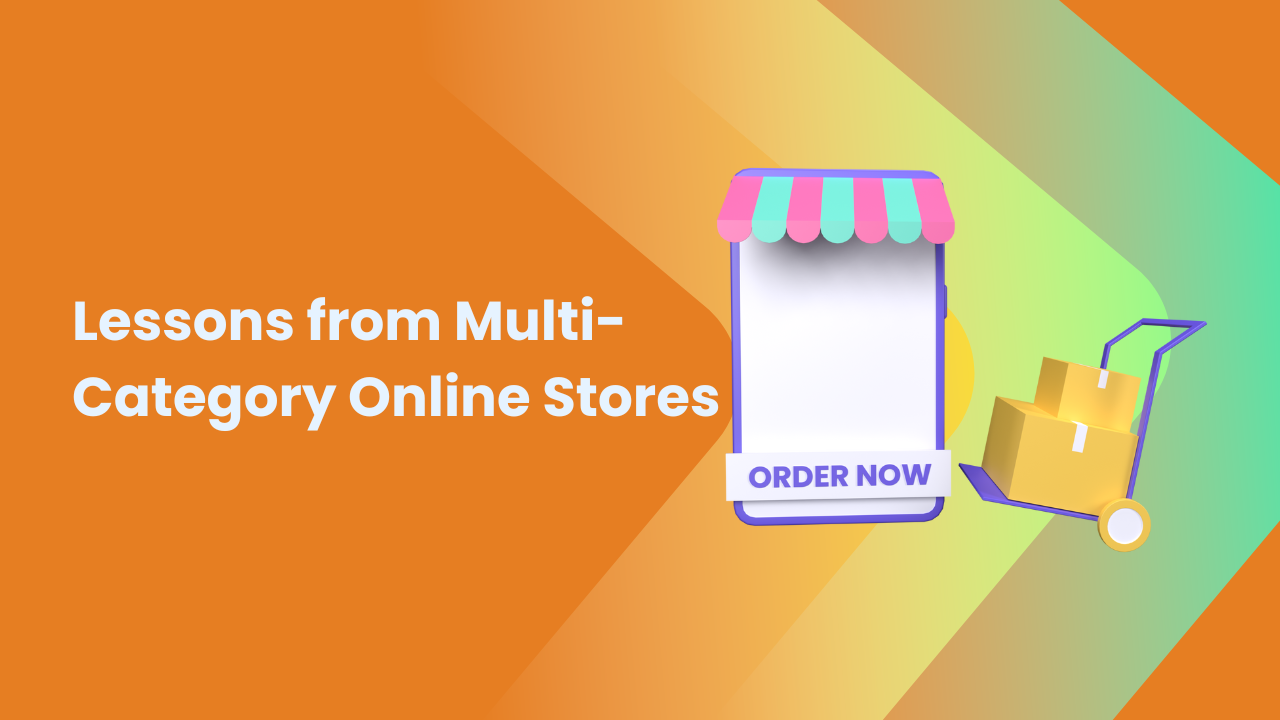Share this Article
E-Commerce Builder Software: Empowering Businesses in the Digital Age
As the global economy rapidly shifts toward digital marketplaces, the demand for easy-to-use, robust eCommerce platforms has never been greater. Whether you're a local business in Kathmandu, a fashion startup in Pokhara, or a handicraft seller in Bhaktapur, having an online presence is no longer optional—it’s essential. This is where eCommerce builder software comes into play.
These platforms are designed to simplify the process of launching, managing, and scaling online stores. But what exactly is eCommerce builder software? What features should you look for? And how can it serve businesses in Nepal, where digital adoption is growing but still faces infrastructure limitations?
This article explores everything you need to know about eCommerce builder software, with a special focus on the opportunities and challenges in the Nepali market.
What is E-Commerce Builder Software?
eCommerce builder software is a digital tool or platform that allows individuals and businesses to create and manage online stores without the need for complex programming knowledge. Think of it as the digital equivalent of renting a space, decorating it, setting up shelves, and running a retail shop—all online.
The primary goal of these builders is to simplify website creation, inventory management, payment integration, and customer service. This is usually achieved through drag-and-drop interfaces, customizable themes, and backend management dashboards.
Some well-known international platforms include:
- Shopify
- Wix eCommerce
- WooCommerce (for WordPress)
- BigCommerce
- Squarespace Commerce
In the Nepali context, local players like Saauzi Smart Solutions and other regional platforms are emerging to offer more localized services including Nepali language support, local payment gateways, and integration with logistics services like SastoDeal Delivery, Pathao Courier, and Nepal Can Move.
Why E-Commerce Builder Software Matters in Nepal
Digital Transformation is Accelerating
Nepal is witnessing a steady rise in digital literacy, mobile penetration, and e-wallet adoption. Platforms like eSewa, Khalti, and Fonepay have made online transactions more accessible. This digital ecosystem needs reliable eCommerce builders to connect buyers and sellers.
Affordability and Accessibility
For small and medium-sized businesses in Nepal, investing in custom-developed eCommerce websites is not always feasible. eCommerce builders lower the entry barrier by offering affordable plans, easy onboarding, and ready-made templates—making digital entrepreneurship accessible to everyone from solo artisans to retailers.
Core Features of E-Commerce Builder Software
Understanding the features of a strong eCommerce builder can help you choose the right tool for your business.
1. Drag-and-Drop Store Builder
The ability to design your storefront visually, without coding, is essential. Drag-and-drop editors allow users to:
- Place products
- Customize banners
- Add menus
- Reorganize layouts intuitively
2. Product and Category Management
Efficient builders provide tools for:
- Adding and editing products
- Organizing them into categories
- Setting inventory levels
- Managing SKUs and product variants
3. Secure Payment Gateway Integration
Nepali eCommerce platforms must support:
- eSewa
- Khalti
- IME Pay
- Credit/debit cards
- Cash on Delivery (COD)
International platforms may support PayPal, Stripe, or other global gateways.
4. Mobile-Optimized Design
With most Nepali users accessing the internet via smartphones, mobile responsiveness is crucial. Good builders ensure your store looks and functions smoothly across all screen sizes.
5. Shipping and Order Management
Builders like Saauzi integrate shipping tools directly into the backend, allowing for:
- Order tracking
- Shipping partner integrations
- Return/refund management
- Delivery updates
6. Analytics and Reporting
Data is the new currency. Platforms must provide:
- Sales reports
- Customer behavior tracking
- Inventory turnover
- Marketing performance
This helps businesses make informed decisions.
7. Marketing Tools
From SEO optimization to email marketing integration, eCommerce builders often come with tools to:
- Run promotional campaigns
- Manage discount coupons
- Integrate social media
- Connect with Google Analytics and Facebook Pixel
Types of E-Commerce Builder Software
There are different types of eCommerce builders depending on technical requirements, business scale, and customization needs.
Hosted Platforms (SaaS)
- Examples: Shopify, BigCommerce, Saauzi Smart
- All-in-one services
- Hosting, security, and updates included
- Great for beginners
Self-Hosted Platforms
- Examples: WooCommerce, Magento
- Requires manual setup and hosting
- More customizable
- Ideal for businesses with IT teams
Headless E-Commerce Builders
- Examples: Commerce.js, Shopify Hydrogen
- Frontend and backend are decoupled
- Greater design and tech flexibility
- Better suited for scaling businesses or agencies
When Should You Use an E-Commerce Builder?
You’re a Small or Medium Business
If you're a boutique in Lalitpur or a home decor seller in Dharan, eCommerce builders offer everything you need—affordable plans, quick launch time, and local payment options.
You Want to Launch Quickly
With pre-made templates and minimal setup, you can go live in days rather than months.
You Have No Technical Background
You don’t need to write a single line of code. These platforms are designed for ease.
You Want to Focus on Sales, Not Tech
Builders handle hosting, security, and maintenance. You can focus on product sourcing and customer satisfaction.
Challenges in Nepal’s E-Commerce Landscape
While the potential is huge, there are certain challenges:
Limited Access to Reliable Internet
Rural businesses might struggle with poor connectivity, affecting store management.
Logistics Constraints
Delivery in remote or hilly regions is still a challenge, and eCommerce builders need strong partnerships with logistics firms.
Digital Literacy
Some users may find the digital interface intimidating. Builders must provide tutorials in local languages.
Payment System Integration
While wallets are popular, not all are supported on every builder. Seamless payment gateway integration is a must.
Tips for Choosing the Right eCommerce Builder
- Assess Your Business Size and Goals
- A small handmade jewelry seller may not need enterprise-level features.
- A small handmade jewelry seller may not need enterprise-level features.
- Check Payment Integration
- Make sure your preferred local payment methods are supported.
- Make sure your preferred local payment methods are supported.
- Test for Mobile Compatibility
- Preview the site on mobile before finalizing the builder.
- Preview the site on mobile before finalizing the builder.
- Look for Local Support
- If you’re in Nepal, having Nepali language support and local hosting can be an advantage.
- If you’re in Nepal, having Nepali language support and local hosting can be an advantage.
- Check for Logistics Integration
- Prefer platforms that integrate with Nepali delivery services like Nepal Can Move or Gaubesi Logistics.
- Prefer platforms that integrate with Nepali delivery services like Nepal Can Move or Gaubesi Logistics.
- Prioritize Scalability
- Choose a platform that can grow with your business, not limit it.
- Choose a platform that can grow with your business, not limit it.
Future Trends in eCommerce Building
- AI-Powered Product Recommendations
- Voice Search Optimization
- Augmented Reality for Product Previews
- Headless Commerce Architecture
- Sustainability Integration (eco-packaging alerts, carbon offset indicators)
Nepali platforms must evolve to stay competitive globally.
Conclusion
E-Commerce builder software is revolutionizing how businesses in Nepal and beyond enter the digital marketplace. It empowers entrepreneurs with the tools to build, manage, and scale their online stores—without needing to become software engineers. From intuitive interfaces and payment integrations to logistics partnerships and mobile responsiveness, today’s builders are as powerful as they are accessible.
While international solutions offer robustness and scalability, local players like Saauzi Smart Solutions bring cultural and infrastructural compatibility that makes them especially valuable in Nepal.
As eCommerce continues to grow, selecting the right builder could mean the difference between surviving and thriving. For Nepali entrepreneurs, the time to go digital is now—and the tools are already in your hands.
Categories:
E-commerce Tips & Tutorials
,
Marketing & Growth
,
SEO & Content Marketing
,
Beginner’s Guides
,
Sales & Conversion
,
Success Stories & Case Studies
,
Platform Features & Updates
,
Platform Comparisons
,
Design & UX Best Practices
Tags:
Online Store in Nepal
,
5 Simple Steps
,
local businesses
,
e-commerce app
,
Small Business
,
strong brand
,
E-commerce
,
Role of Social Media
,
Growing sales
,
strategies
,
Social media
,
Logistics
,
Delivery Networks
,
Flexible Delivery
,
Mobile Platforms
,
Web
,
SEO
,
search engine optimization
,
Global E-commerce
,
Nepali businesses







